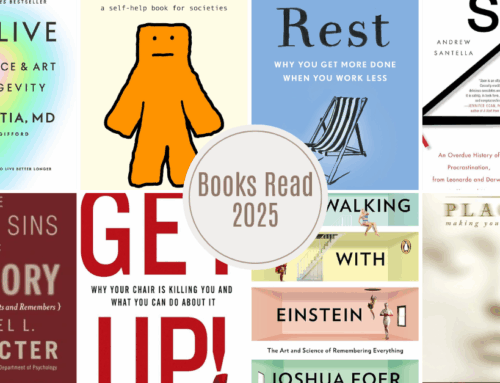 Ready, Set, Sell!: How to Turn Prospects into Paychecks and Live a Happier Life by Jim Wrigley
Ready, Set, Sell!: How to Turn Prospects into Paychecks and Live a Happier Life by Jim Wrigley
My rating: 5 of 5 stars
Disclaimer: Jim Wrigley is my colleague, and I’ve had the pleasure of sitting in on numerous meetings where he shares updates on our company’s sales activities. I always found his updates particularly enjoyable, not just because they revolve around how much money we’re making, but also because, coming from a software development background, sales has always felt a bit abstract to me. However, during these meetings, I began to notice a methodical approach in Jim’s updates that sparked my curiosity—something I hadn’t encountered before. This curiosity ultimately led me to read his book Ready, Set, Sell. And I’m glad I did.
Jim promises right at the outset that he’ll avoid overwhelming readers with complex sales theories and, instead, stick to relevant, relatable, and repeatable processes. Salespeople, he argues, simply don’t have time to put on an academic’s hat and decipher intricate frameworks before applying them. True to his word, Jim delivers a practical, comprehensive, almost workbook-like approach to the sales process. Whenever necessary, he draws on insights from other experts in the field, such as The Persuasion Cycle by Mark Goulston, The New Strategic Selling by Robert Miller, and SPIN Selling by Neil Rackham, but without bogging the reader down with theory.
The book is grounded in a strong value system—principles like hard work, sincerity, and trustworthiness—and that’s what makes it truly respectable. In my view, as with any profession or vocation, being a good salesperson first requires being a good human being, and Jim’s book reflects that throughout, making the book not just a guide to selling, but a reflection on how core human values shape professional success.
One of the standout moments in the book is Jim’s take on perseverance, where he highlights the reality of rejection in sales. He writes, “If you know that it takes hearing ‘no’ ten times to get one ‘yes,’ then you must know the quickest way to get nine people to say it.” It’s a reminder that success is often a numbers game, but one that rewards persistence.
Another insight that resonated with me was his philosophy on time management and building meaningful relationships. “Dining alone is a poor use of our short time on earth,” he remarks, subtly encouraging salespeople to constantly seize opportunities for networking and connection, making every moment count.
Jim also touches on the importance of emotional intelligence in the sales process. One of my favorite quotes from the book is: “The quality of life is controlled by those few seconds between stimulus and response. You can’t control the stimulus, but you can control your response.” In sales—and in life—it’s how you react to challenges that determines your success.
Finally, Jim offers a crucial piece of advice about the long-term impact of a sale: “If your customer is not utilizing whatever it is that you have sold him or her, you have worse than nothing—you now have a detractor.” It’s a stark reminder that a successful sale isn’t the end of the journey; it’s the start of ensuring that your product or service delivers value, otherwise it can backfire.
In conclusion, Ready, Set, Sell offers an approachable, grounded perspective on sales that is both practical and insightful. I highly recommend this book to anyone involved in sales or simply curious about the sales process. At its core, sales is about persuasion, and Jim’s book provides a valuable roadmap for mastering this art.


